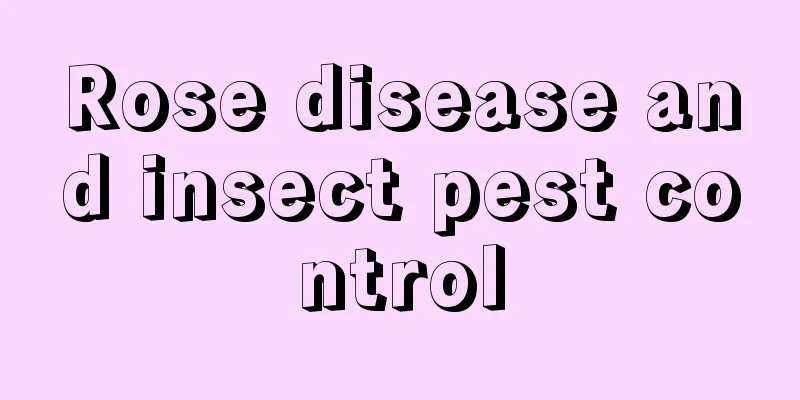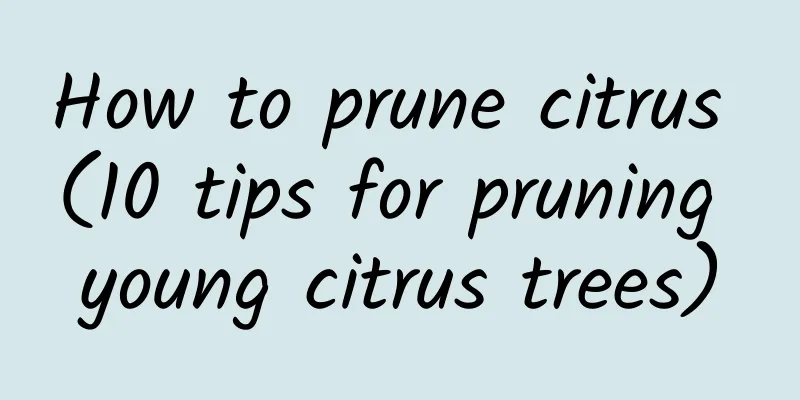Rose disease and insect pest control

powdery mildewPowdery mildew mostly occurs on young leaves, and other old leaves, flower stems, receptacles and even branches are also commonly infected. When infected, the leaves appear raised, the raised areas become lighter in color and contain white powdery substances, the leaves become uneven and gradually curl up, the bacteria spread, and the entire back of the leaf is covered with a layer of grayish-white mold. In severe cases, the flower buds, pedicels, entire branches, and leaves are covered with a layer of mold, and new buds and leaves are curled up. The disease often occurs in late autumn to early spring, and is prone to occur when there is a large temperature difference between day and night and the humidity is high. When the night temperature is 15℃ and the humidity is as high as 90%, it is most suitable for the production, germination and infection of pathogen spores. The high temperature of 27℃ and the low humidity of 40%~70% during the day are suitable for the maturation and dispersion of spores. In this case, it is necessary to spray pesticides as soon as possible for prevention. Powdery mildew spores are spread by air movement. Prevention and treatment methods:Spray pesticides regularly, using 600 times diluted amylopectin, 800 times diluted thiophanate-methyl and other pesticides for prevention and control. Spraying the medicine once every 7 to 10 days and spraying water on the leaves frequently can effectively reduce the occurrence of powdery mildew. Cut off diseased branches and leaves as soon as possible to reduce the chance of further spread. Downy MildewDowny mildew mainly harms leaves, new shoots, stems, pedicels and petals. The growth point is first infected, and the leaves turn purple to brown-black. Irregular small spots appear on the infected leaves, which then gradually wither or fall off, and the diseased shoots dry up. Flowers, pedicels and petals become infected and develop similar spots. When the humidity is high, grayish-white mold layers are likely to appear on all diseased parts. No pathogens can be seen when it is dry, but when it is wet, a large amount of mold layer, namely pathogen cysts and sporangia, will grow. The disease mainly occurs in the greenhouse in spring and autumn. If the temperature difference between day and night is large, the greenhouse is not ventilated, the humidity is close to saturation, and water spit out from the leaf edges or dew condenses on the leaf surface, the disease will last long and be serious. Prevention and treatment methods:Disease-resistant varieties should be selected and carefully maintained, with relative humidity controlled below 85%, attention paid to ventilation, and avoid excessive nitrogen fertilizer application. When the disease first occurs, spray 72% Kelu and other pesticides in time. aphidAphids occur year-round and cause damage during dry periods. It needs to be eradicated as soon as possible in the early stages of its occurrence, especially during the period when new buds are developing vigorously. Spraying a variety of pesticides can have a good preventive effect. The key spraying areas are the growing points and the backs of the leaves. Commonly used pesticides include Aphidkiller, etc., and DDT fumigation can also be used, which is more effective, but it cannot be used after flowering. Red SpiderRed spider mites absorb chlorophyll from leaves, reducing the efficiency of rose photosynthesis. They spread rapidly and can quickly damage the leaves and stop the development of the plant. It often occurs in summer and is most likely to occur when the temperature is high and dry. In the early stage of the occurrence, you can spray 600 times the diluted mite-killer solution, or 1000~1500 times the diluted mite-killer solution for prevention and control, which is effective. |
<<: Identification and control of major plum blossom pests
>>: Common pests of Monstera and their control methods
Recommend
Cultivation technology of yellow catfish
Yellow catfish, scientifically known as Pelteobag...
Can pure water be used to water flowers? Effects and methods of watering flowers
Can pure water be used to water flowers? Purified...
Can rabbit poop be used as fertilizer?
Rabbit manure as fertilizer Rabbit feces can be u...
Maintenance methods of potted golden diamond flowers
1. Soil Potted golden diamond flowers require soi...
How to grow hydroponic Buddhist beads so that they will bloom out of the pot?
Buddha beads are a common potted plant with thick...
Can papaya enlarge breasts?
Is it possible to have breast augmentation? The e...
How to eat sapodilla
1. Fresh food The sapodilla can be eaten directly...
Cultivation methods and precautions of purple cicada flower
The plant Purple Cicada Fungus is native to Brazi...
Your plants are growing wildly, and this may not be a good thing
Succulent The stems of the elongated succulent pl...
How to plant Albizia Julibrissin and when and how to plant it
Albizia Julibrissin Planting Time The Albizia Jul...
You only need to plant these 8 flowers once, so you can enjoy flowers every year
Bougainvillea Bougainvillea is often planted in c...
How to deal with lilies not blooming
1. Choose large bulbs 1. Reason: Usually the qual...
What should I do if the aloe vera plant overflows the pot?
Aloe vera is a very common potted plant and is ve...
How to grow chrysanthemums in pots and how to cultivate them
How to grow chrysanthemums The medal chrysanthemu...
How to prune Endless Summer
Pruning time Spring is the best time to prune End...









